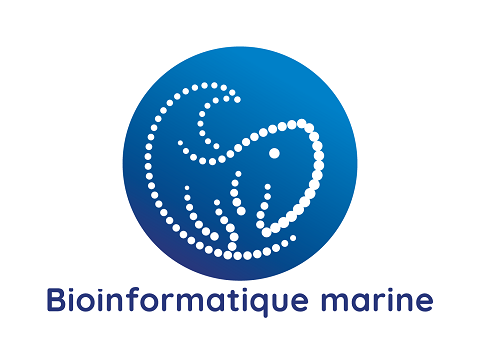Comparative transcriptomics identifies genes underlying growth performance of the Pacific black-lipped pearl oyster Pinctada margaritifera
Using transcriptomics, this work aims to provide a valuable contribution towards our understanding of the molecular components associated with growth performance in the pearl oyster P. margaritifera and bivalves in general.
Simple
- Date (Publication)
- 2018-10-02
- Identifier
- FR-330-715-368-00032-DATARMOR-BIOINFO_QL_TL_F2_2017
- Identifier
- DOI:10.12770/2567b981-0f7d-4215-8765-ee7258371af5
- Credit
- Chin-Long KY, Unité Ressources Marines en Polynésie
Author
IFREMER
-
Quillien Virgile
Centre Bretagne - ZI de la Pointe du Diable - CS 10070 - 29280 Plouzané
,
Brest
,
France
02 98 22 44 07
Author
IFREMER
-
Le Luyer Jeremy
Centre Bretagne - ZI de la Pointe du Diable - CS 10070 - 29280 Plouzané
,
Brest
,
France
Author
IFREMER
-
Ky Chin-Long
+689 40 54 60 99
Université de Montpellier - Campus Triolet - 2 Place E. Bataillon - CC080 (IHPE) - 34095 Montpellier Cedex 5
,
Montpellier
,
France
+689 40 54 60 00
+689 40 54 60 99
- Thèmes Sextant
-
- /Milieu biologique/Bio-Informatique
- GEMET - INSPIRE themes, version 1.0
-
- Habitats et biotopes
- ODATIS aggregation parameters and Essential Variable names
-
- Bioinformatique
- Use limitation
- CC-BY (Creative Commons - Attribution)
- Access constraints
- License
- Use constraints
- License
- Spatial representation type
- Vector
- Metadata language
- Français
- Character set
- UTF8
- Topic category
-
- Oceans
N
S
E
W
))
- Unique resource identifier
- EPSG:4326
- Distribution format
-
-
(
)
-
(
)
- OnLine resource
- /home/ref-bioinfo/ifremer/rmpf/QLTL_F2_2017/ ( NETWORK:LINK )
- Hierarchy level
- Dataset
Conformance result
- Date (Publication)
- 2010-12-08
- Explanation
- See the referenced specification
- Pass
- No
- Statement
- In this study, we aimed to investigate differential gene expression among spat of the pearl oyster Pinctada margaritifera with distinct growth phenotypes. Two groups of P. margaritifera spat belonging to the same F2 cohort were selected. Larvae were settled in controlled hatchery tanks using mussel rope collectors. After 5.5 months of rearing, the largest (n = 10) and smallest (n = 10) individuals, representing the head and the tail of the size distribution were selected as "Fast-growing" (hereafter referred to as F) and "Slow-growing" (hereafter referred to as S) phenotypes. Oysters were then dissected and their whole fresh tissues individually collected and preserved in RNAlater®at -80°C until RNA extraction. Total RNA extraction was performed on the whole soft tissues of animals using TRIzol®reagent (Invitrogen), following manufacturer’s recommendations. RNA integrity was assessed on a Bioanalyzer 2100 (Agilent Technologies, USA). Total RNA was dried in RNA-stable solution (Thermo Fisher Scientific) following manufacturer’s instructions and shipped at room temperature to McGill sequencing platform services (Montreal, Canada). RNA-seq libraries were generated using an Illumina TruSeq RNA Sample preparation kit according to manufacturer’s instructions (Illumina). RNA libraries were multiplexed (n = 10 individual libraries per sequencing lane) and sequenced on an Illumina HiSeq 4000 to produce 100-bp paired-end reads.
- File identifier
- 2567b981-0f7d-4215-8765-ee7258371af5 XML
- Metadata language
- Français
- Character set
- UTF8
- Hierarchy level
- Dataset
- Date stamp
- 2024-02-02T10:31:14.856Z
- Metadata standard name
- ISO 19115:2003/19139 - SEXTANT
- Metadata standard version
- 1.0
Overviews

BioinfoMarine.png
Spatial extent
N
S
E
W
))
Provided by

Associated resources
Not available
 Catalogue PIGMA
Catalogue PIGMA